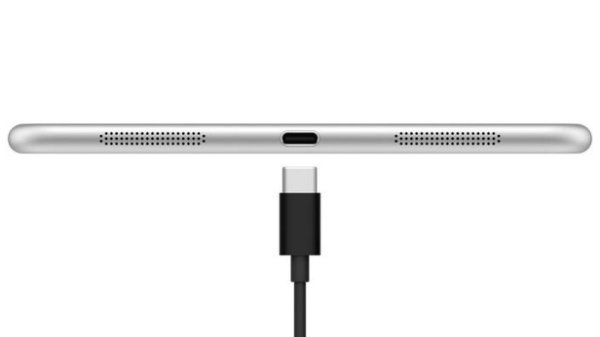Type-A, Type-B, and Type-C, and can be further divided into Type-A, Mini-A, Micro-A, Type-B, and Mini-B , Micro-B, Type-C and other types, as well as USB 3.0 Type-B and USB 3.0 Micro-B. At present, many mobile devices on the market (mobile phones, tablets, wearables, peripherals) use Micro-B plugs, that is, everyone goes online through USB 3.1 and is responsible for formulating the latest Type-C connector announced by the USB Alliance in April 2014 standard.
The USB Type-C connector has a size of 8.3 x 2.5mm.
The biggest feature of the connector is that unlike the previous Type-A and Type-B, the connector needs to fully correspond to the direction of the connector. The new USB Type-C connector is plugged in and out.
At the same time, the USB Type-C’s power transmission specifications are 5A cables and 3A connectors, which can be added to the USB 3.1 specification to increase power supply characteristics. In addition, the USB Type-C interface has several features, such as sound when the plug is properly inserted, 3C products can be charged by USB Power Delivery technology, enhanced electromagnetic interference and RFI mitigation characteristics, support for DisplayPort function, and Withstand 10,000 mating cycles.

Therefore, when USB 3.1 meets USB Type-C, it can combine the advantages of both to provide faster transmission speed, greater power efficiency, reduced power consumption, and can be used in both forward and reverse directions.
Dellwa Marketing manager, Alan mentions that it is expected that USB Type-C will replace microUSB (micro-B) as the mainstream interface type for mobile devices in the near future.
Related news: What is USB 3.1?


